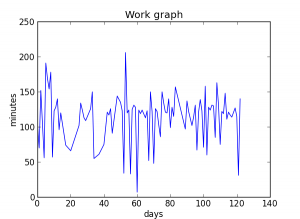Short Hint: Do not disassemble your smartphone to replace the mother board battery. For a long story read the whole blog. To get to the final point, read the last paragraph of the blog…
Long time ago I bought my motorola droid I, second hand, for around €30. The smartphone has served me well even till now. In fact, it is still my first and only smartphone. Needless to say, slowly it is showing signs of its age. Now when I remove the phone battery from the back, the time is set to 01:00 and the date gets set to 01.01.1970. I figured that such smartphones should have an internal mainboard memory that will keep time setting intact even after removing the removable (or rather, “easily removable”) battery. In fact, it does. So I decided to disassemble my phone and replace this internal battery. If you observe carefully, the video where a person disassembles (I would say, rather unprofessionally) a motorola droid will show the internal battery:
I write “unprofessionally” because there is a video of a disassembly of a Samsung Galaxy that is so detailed and professionally done (with “correct” household equipments and in a correct way) that all other smartphone disassembly videos pales in comparison to this one:
Now, after disassembling. I noticed that I wasted my time doing so. There is indeed a button cell attached to the phone mainboard, I think it fits a CR2430 (almost 3mm in diameter). BUT.. the cell is soldered to the board. So no way of just slipping the battery away from the board. The solders are very fine, I would guess that i need a very fine and stable soldering machine to unsolder it and then solder a new battery. My soldering iron (and my shaky hands) will probably ruin the board. I ruined the battery connection anyway, the steel that was soldered to the battery was cut off when I tried to push the battery out (not realizing fast enough that it was soldered and not just glued). All was not lost, since the smartphone works anyway without the internal cell (which was already dead). I reassembled the phone back and just installed ClockSync from Google-Play to keep my time syncrhonized and exact. If I had a cell and a good soldering iron I could have tried more, but I think (in this situation) it is best to leave the phone until it is no longer usable and buy a new one. This is a good lesson though, since I learned a little bit more about the electronics of a smartphone and I can do better next time I want to disassemble. This is how I learned to construct my own PC and repair laptops in the beginning.
